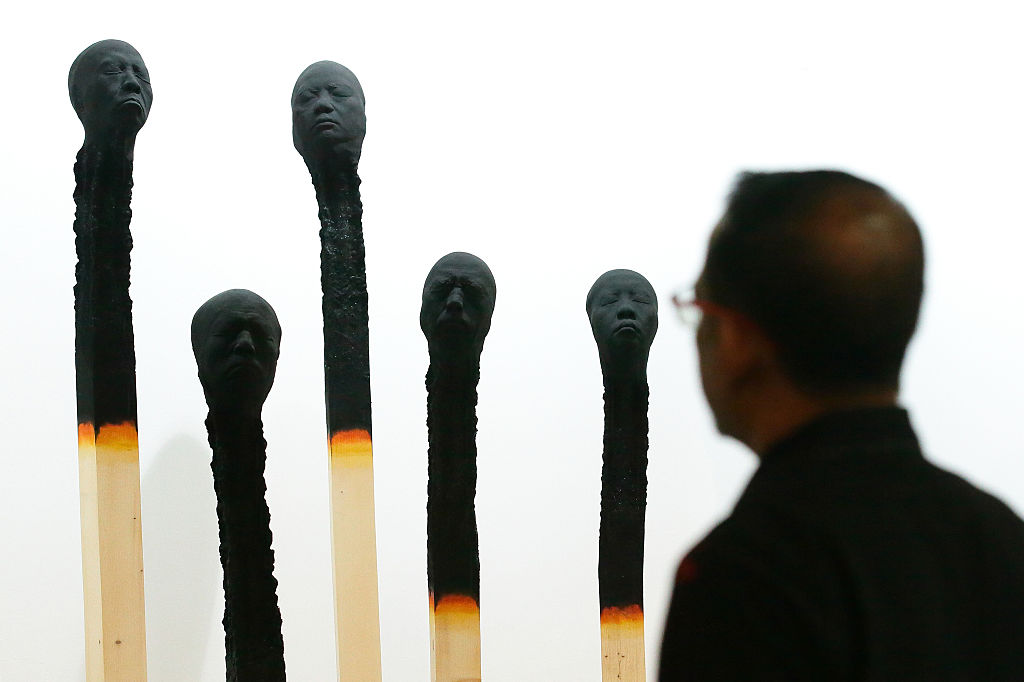In my 20 years as a human-resources leader, I’ve seen a lot: heated debates where chairs were slung across marble conference tables; a lunch where two partners almost came to blows and I, at a mere 5 feet tall, had to stand in between them; CEO replacements that changed the entire fabric of a company.
That was nothing compared to what I’ve been witnessing in these last two years.
As the world begins to emerge from a global health crisis—and continues to reel from the toll of social and political unrest—human-resources professionals have found themselves at the epicenter of a perfect storm of issues. Employees are quitting their jobs at a record pace (in some cases via very public TikTok). Companies are struggling to retain people, even with the introduction of benefits like four-day workweeks and the freedom to work flexible hours. Mental-health issues have skyrocketed. Workers are feeling the strain of spending hours in homes not designed to accommodate a full workday, yet chafing at in-person requirements. Workplaces feel trapped in a never-ending maze of return-to-office plans, time and again crafting a path forward only to run into yet another roadblock.
Through it all, human-resources teams have never been more vital—or more exhausted. Some 98% of HR professionals are burned out. Is it any wonder?
Join us for EmTech Next, a conference on the future of work on June 7 and 8 that we’re partnering with MIT Technology Review to present. (Charter readers get a 10% discount.)
As chaotic as work has felt since the start of the pandemic, it would be even more so without the often unseen work of HR teams. Over the past two years, they’ve been asked to do a ton of heavy lifting in the background to stabilize work environments and provide a sanctuary from the whirlwind of global uncertainty.
They’ve been tasked with the impossible job of seeing the future, making calls on hybrid work and remote policies with little information.
They’ve been responsible for worker happiness and well-being in a time when the goalposts for those things are constantly moving, designing programs for retention while trying to keep up with the ever-evolving demands of the modern employee.
They’ve been de facto therapists, assuaging anxieties around questions like: Will I be confined to sitting on Zoom calls for the rest of my working life? How embarrassed should I be when my baby runs naked in the background for colleagues to see? Am I really part of the team if I’ve never met anyone in person?
They’ve been in-house nurses, ventilation checkers, infection-control experts, and facilities planners, all while keeping up with the latest on constantly changing mask rules and government-mandated office protocols. (That internet joke about how the pandemic suddenly turned everyone into an epidemiologist? For human-resources teams, it rings a little too true.)
Before the pandemic, the lives of HR professionals were often mired in process and compliance: For many employees, interaction with HR was limited to annual sexual harassment training, writing long performance reviews, and filling in time sheets. In many cases, HR leaders were seen as administrative overlords, battling with varying degrees of success for a seat at the executive table alongside colleagues who didn’t see their value. A common question: “What is HR doing here?
Today, HR professionals are seen in a different light. Every HR leader I know has now proven that they’re integral to influencing business decisions at their company, convincing leadership teams that the safety, health, and well-being of employees was the most crucial agenda item on the organization’s roadmap. These HR leaders made the right business decisions to drive to the right outcomes, and in the process, they finally found their voice. The new question around the table: “Why isn’t HR here?”
And now, many of them simply have no energy left.
As I write this, I can count no fewer than 10 HR leaders I know who are off vacationing in remote parts of the world to decompress from the workload and toxicity of the last two years. My own consulting practice is booked with teams who need me to talk about and guide their teams through burnout. I belong to a group of HR leaders where we trade emails about what’s happening behind the scenes in many different tech startups; at least once a week lately, I get an email with a subject line like “Time to Move On,” where someone announces that they’re taking a break or leaving a company.
In my own conversations, I’m hearing more and more people ask, “Why the hell am I working so hard?”
For many of my HR colleagues, this very blunt question has been a moment of deep reflection. Some are going back to school for extra degrees, some are off to three-month culinary or development bootcamps, some are hiking mountains far away to reset their life. After a harrowing stretch of anticipating and rising to meet the brand-new needs of organizations and their workers, they’re making choices to finally spend time with the people they love and do those things that they’ve always wanted to do.
Of course, the problems of these past two years haven’t gone away. In many ways, they’re more pressing than ever, as companies grapple with renewed urgency over how much to try and return to their pre-pandemic arrangements. Human-resources professionals are still finding their way through the fog. But my hope is that with this big reshuffle, we can be more intentional going forward about surrounding ourselves with like-minded, caring, and compassionate people, and leaving room for rest. Times will continue to change, but companies can only change with them if human-resources teams can do their essential work at a sustainable pace.
Mai Ton is the chief people officer at Fabric and former head of people at Kickstarter, White Ops, HelloSign, OneLogin, RichRelevance, and Trulia.
